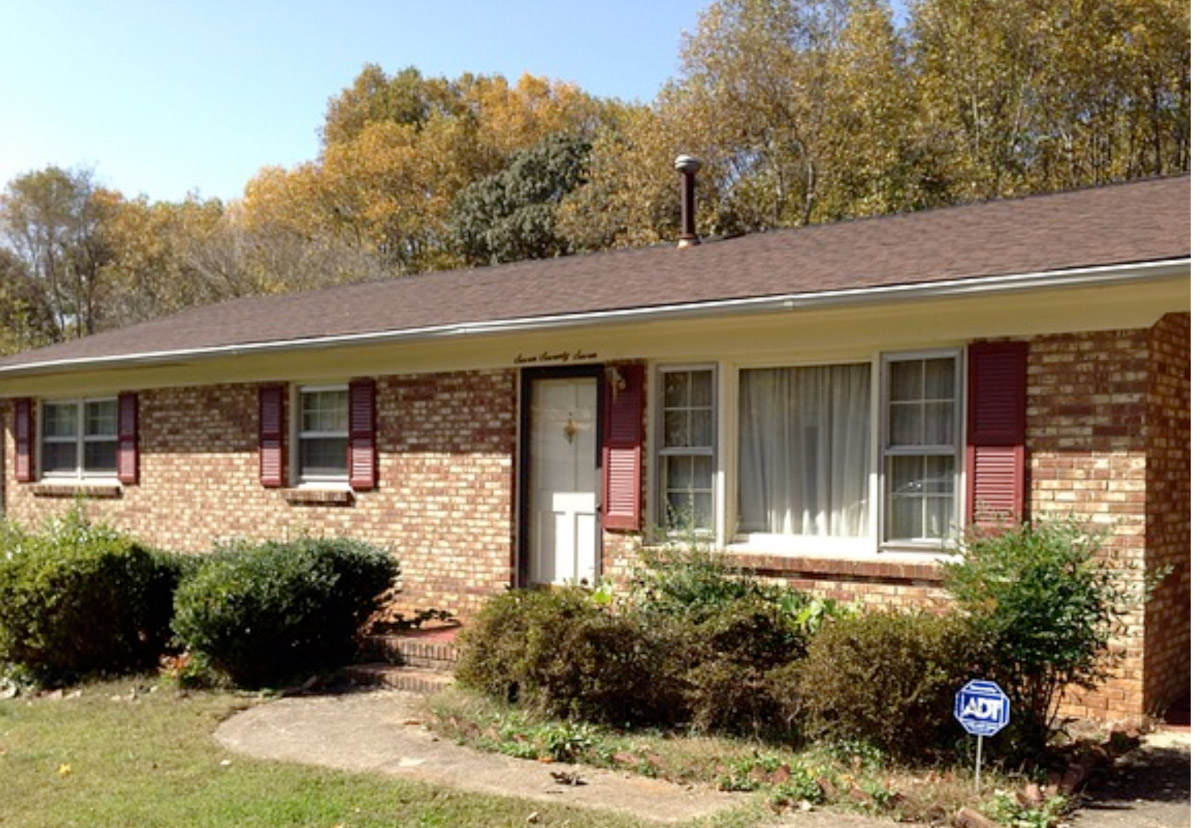A property that has been used to manufacture methamphetamine, or has had methamphetamine smoked inside, can be contaminated with methamphetamine residue that can be present on the surfaces inside the property.
A property used for manufacturing this illicit drug has different health implications than a property where the drug was just smoked. The manufacturing process potentially involves additional hazardous chemicals that can leave residue on surfaces. It is important to note that the most common method used in New Zealand for manufacturing methamphetamine does not involve solvents as used in other countries. Instead of the traditional glass set up, a sealed pressure vessel, which minimises the release of associated fumes and contaminants, is more commonly used.
The level of residue on walls, flooring and other surfaces, for a property to be deemed contaminated in New Zealand, was previously set at 0.5 micrograms per 100cm2. There is currently no evidence that contamination at this level has any associated health risks for people living in the contaminated property. Researchers do note that more research is needed on the topic to build more robust and concrete conclusions on what is a safe amount of residue.
A report published in May 2018 by the Prime Minister’s Chief Science Adviser, advised that the threshold for initial testing should be raised to 15mcg per 100cm2. This level does incorporate a safety margin, with models used being deliberately conservative in their assumptions. Housing New Zealand adopted these new guide levels, which significantly reduced the amount of properties in New Zealand deemed to be contaminated.
Rapid tests, which is an initial screening test, can be purchased online and carried out by any homeowner. However, these tests measure methamphetamine at very low levels (0.5 to 1.5mcg per 100cm2) so serve as an initial indication only. These tests can indicate if any rooms in the property require further investigation. A composite field test combines readings from multiple swabs taken from the property and adds them together. This can result in an inaccurate reflection of the level of contamination and give false impressions of high exposure. Professional testing can cost up to $2,500 for a three-bedroom home. These tests measure methamphetamine residue at higher levels than 15mcg per 100cm2. Levels of contamination over this threshold can indicate that the property was used for manufacturing the drug.
If you are a landlord, it is recommended that you check whether your insurance company has any policies on testing. While the implications for the insurance industry of methamphetamine contaminated properties are less certain than the health implications, following your insurers advice will limit your liability.
If a property is found to be contaminated with methamphetamine residue at high levels, remediation in the form of cleaning the property and all porous materials and items such as furnishings and carpet is warranted. Methamphetamine residue does dissipate over time so airing out the property and cleaning walls and furnishings with any standard detergent can be sufficient in some situations. The report from the Chief Science Adviser suggests that remediation of properties where low levels of residue are detected is not justified. However, detection of low levels cannot definitively rule out that the property was used for manufacturing, so it may be prudent to clean the property as a precautionary measure if there is reason to suspect it may have previously been used to manufacture methamphetamine.
There is a very low chance that your property, or a property you are interested in purchasing, has been used to manufacture methamphetamine. Out of 1,600 public sector properties suspected of being contaminated that were tested by the Institute for Environmental Science and Research (ESR), only 1% of the more than 13,000 swab samples revealed high enough levels that could indicate a property was used to manufacture methamphetamine. These 1,600 properties represented a biased sample with a higher potential for contamination. Based on these findings, testing for methamphetamine in residential properties does not need to be the default course of action.

